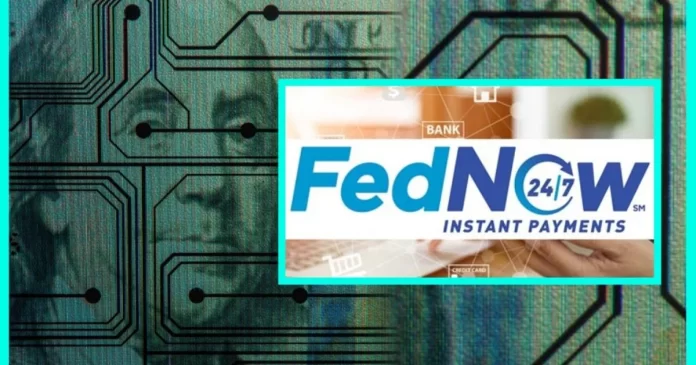Jim Colassano, SVP of RTP product management at The Clearing House, Meghan Oakes, VP head of products and services enterprise payments Americas at FIS, and Dan Baum, head of payments product at FedNow, all concur that the conditions are ripe for accelerating the pace of money movement across various scenarios, catering to a diverse array of users.
Financial institutions and businesses are committing to embracing swift payments. Any reluctance among consumers to embrace rapid payments as a standard facet of their financial routines is anticipated to be short-lived. Oakes suggests that companies will opt for rapid payments over checks and wire transfers, while straight-through processing is poised to revolutionize commercial payments.
Though it may take time, ubiquity is on the horizon.
The panelists highlight a concerted effort to establish the framework and infrastructure necessary for expediting payments. In an increasingly instantaneous environment, where communication occurs instantly via text messages and real-time interactions, there is a growing demand for transparency and real-time confirmation of fund transfers. Consumers expect instant payouts for insurance claims and immediate execution of various tasks. Oakes emphasizes that consumers are translating their personal experiences with speedy payments into their roles as business owners, gradually embracing real-time payment solutions.
As the financial landscape evolves to accommodate rapid payments, collaboration among industry stakeholders is paramount. Baum emphasizes the importance of coordination among financial institutions, payment processors, and technology providers to ensure seamless integration and widespread adoption of real-time payment solutions.
Moreover, the evolving regulatory landscape plays a crucial role in facilitating the transition towards faster payments. Regulatory bodies are increasingly recognizing the importance of fostering innovation while ensuring the security and reliability of payment systems. This regulatory support provides a conducive environment for the development and adoption of real-time payment solutions.
Looking ahead, the panelists envision a future where real-time payments become the norm across various sectors. From retail transactions to B2B payments, the benefits of instantaneous fund transfers are expected to drive widespread adoption. Furthermore, the integration of real-time payment capabilities into existing financial systems will unlock new opportunities for efficiency and innovation.
In conclusion, the convergence of technological advancements, shifting consumer preferences, and regulatory support is propelling the adoption of real-time payment solutions. As financial institutions and businesses embrace the opportunities presented by faster payments, collaboration and innovation will be key drivers of success. With the foundation being laid for ubiquitous real-time payments, the future promises a more efficient, transparent, and responsive financial ecosystem.











